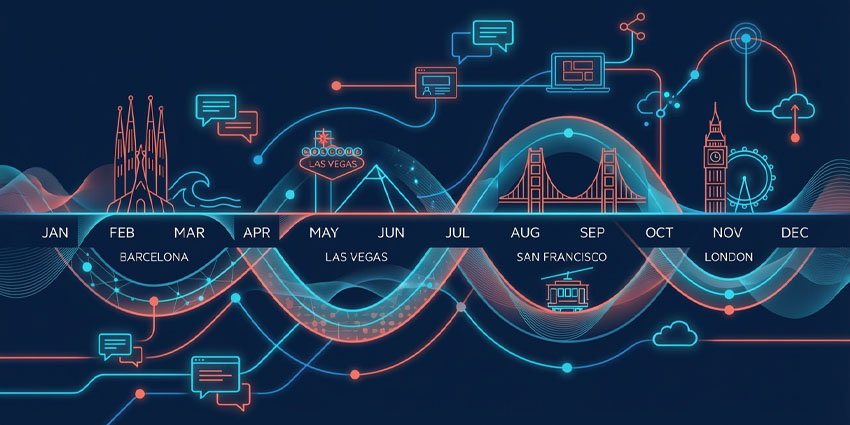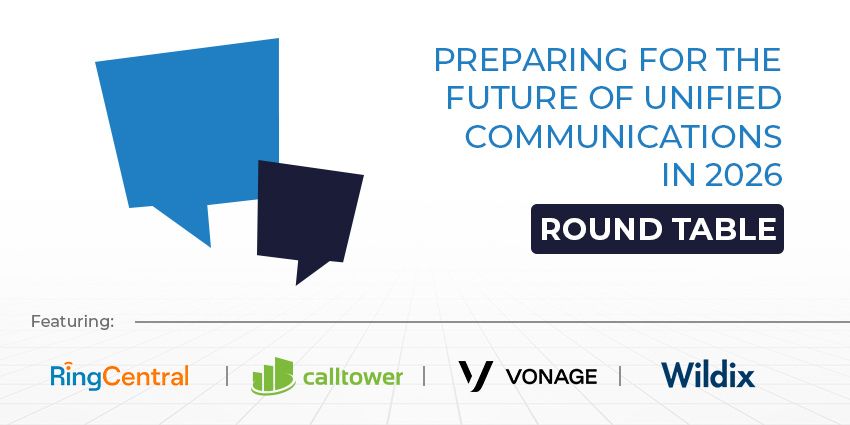monday.com is doubling down on AI, rolling out new features aimed at more than just efficiency.
One of it’s latest updates, AI Risk Insights, is designed to spot potential project risks before they turn into real problems.
Unlike many tools that wait for a user to prompt them, monday.com says its AI scans structured and unstructured data across projects to flag issues – before they derail delivery. On paper, that sounds impressive.
But as AI hype outpaces its impact in many cases, the question is: Does this one actually deliver?
Not Just Automations?
The headline feature here is proactivity. Rather than reacting to commands, AI Risk Insights promises to find what teams might miss – things like unclear ownership, dependencies slipping through the cracks, or warning signs buried in team chat.
The platform then assigns a risk level (low, medium, high) with explanations attached.
“What sets AI Risk Insights apart is its proactive nature,” Daniel Lereya, Chief Product & Technology Officer at monday.com told UC Today.
Instead of waiting for users to ask or trigger something, it continuously scans structured and unstructured data across projects, identifying risks before they become blockers.
“This isn’t about optimising existing processes; it’s about surfacing hidden issues that leaders and teams may not be aware of, in real time.”
There’s clear utility in surfacing these issues early – but whether this constitutes a leap forward or just a smarter dashboard is up for debate.
The logic behind alerts is said to be transparent and derived from live project data, but it does raise the question: could this just create more noise for the user?
Portfolio-Level Oversight, or Feature Creep?
monday.com argues that the real differentiator in its new feature is scale: most AI tools operate within a single project, while theirs claims to operate at the portfolio level.
For larger enterprises juggling dozens of cross-functional workstreams, that’s no small promise.
“AI Risk Insights is built with transparency in mind. Each risk comes with a clear explanation, whether it’s due to a task lacking ownership, stalled progress, or even risk language in team conversations,” added Lereya.
“It also explains why a risk is rated as high, medium, or low and links to relevant tasks.”
The company says uptake is strong – from small teams to global departments – largely thanks to a balance of structure and flexibility.
Templates and standardised workflows make it easy to roll out, while teams retain day-to-day autonomy.
The Road Ahead: Intervention or Interference?
Looking forward, the company envisions AI that doesn’t just warn, but acts – assigning tasks, triggering workflows, or even escalating issues autonomously.
That’s where things get trickier. The idea of AI making decisions inside complex projects isn’t universally appealing, especially in environments where governance, compliance, and human judgment are paramount.
There’s a fine line between support and interference, and many IT leaders will want assurances before handing over the reins.
“Today, AI surfaces risks and provides transparency. Tomorrow, it will take a more active role, making recommendations or taking specific actions based on predefined guidelines,” Lereya added.
“This means a tailored solution that understands how work happens inside each organisation and can intervene when needed, whether that’s assigning tasks, triggering workflows, or escalating decisions.
“The goal is for AI not only to highlight issues but also to help resolve them, all while remaining aligned with the context and governance set by the business.”
Bottom Line
AI Risk Insights is undoubtedly one of the more ambitious features monday.com has rolled out. It addresses a real pain point – visibility into execution risks – and makes strides in surfacing problems that often go unnoticed until it’s too late.
But whether it changes the game or just makes the current one slightly more efficient remains to be seen. For now, it’s a tool with potential – but like most AI in the enterprise field, it’s still more co-pilot than captain.







